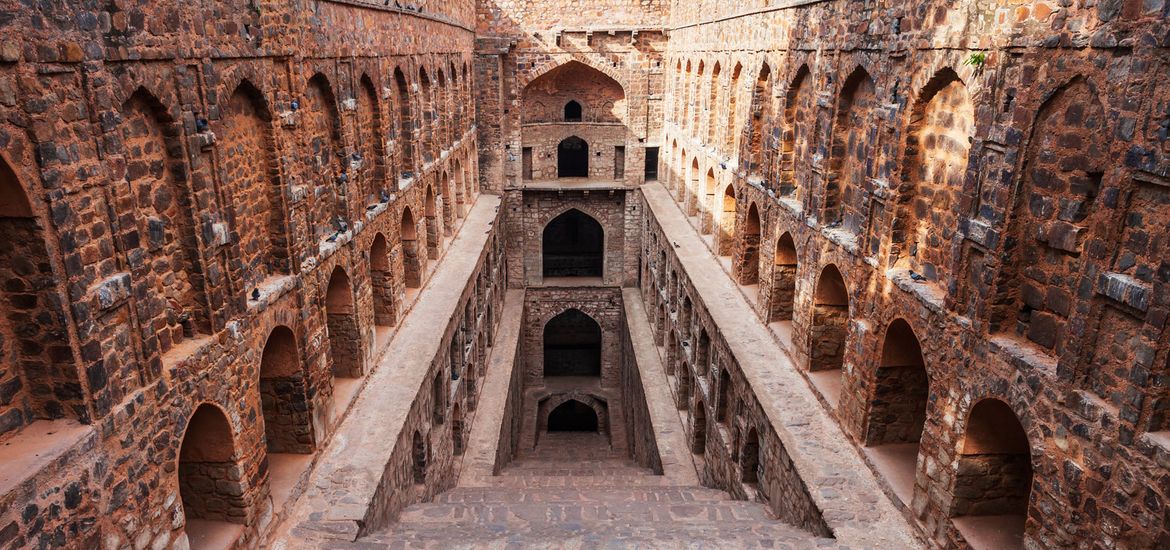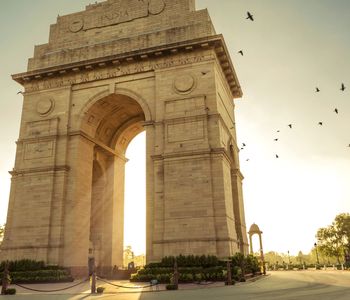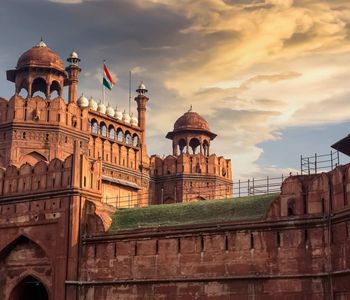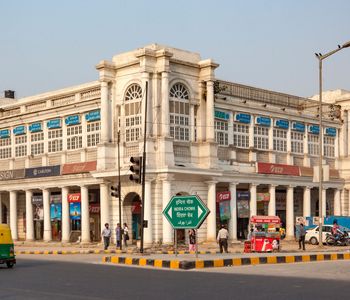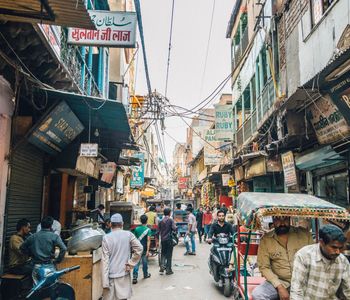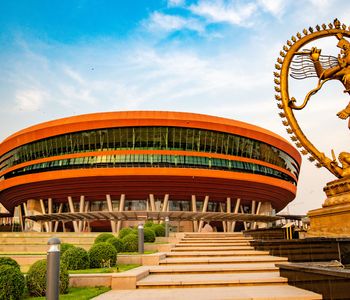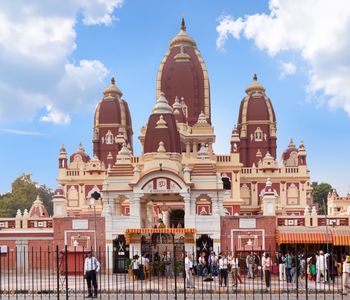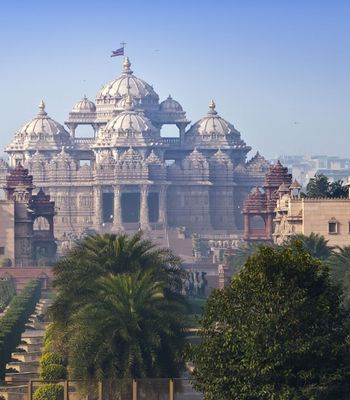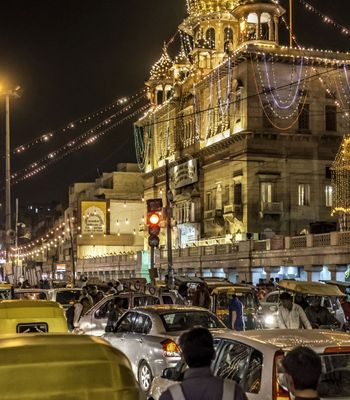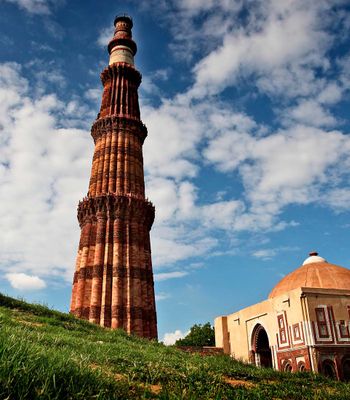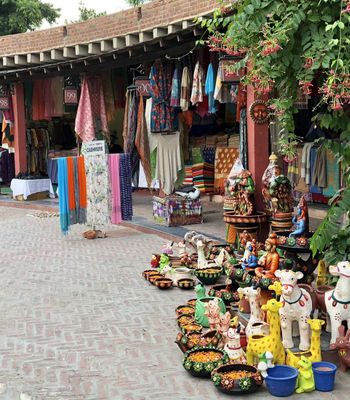Hidden within the modern metropolis of New Delhi, India, you can find an ancient structure called Agrasen ki Baoli. Dating back roughly to the 10th century, this landmark's name translates to King Agrasen's water reservoir. With its ornate architecture and fascinating history, visiting Agrasen ki Baoli on your next vacation should be a priority.
Exploring the Site's Historical Significance
Truthfully, the landmark's origins are still being unveiled today through modern archaeological research. Today, historians believe the structure was built in the 10th century and rebuilt in the 14th century by the Aggarwals. Currently, this site and surrounding lands are protected by the Archaeological Survey of India or ASI.
The structure's main purpose was for groundwater access. With 108 steps descending through a narrow passageway, this stepwell was an important source of water in ancient times. The simple stairwell gave people access to water at various depths while offering a pathway for continual maintenance on the steps and walls.
Sorting Through the Ancient Mysteries
Because religious ceremonies and ancient rituals were constant activities here, ghost stories have arisen over the years. The narrow passageway and carved stone allow echoes to reflect across the space as people enjoy the site. Naturally, there isn't any haunting at this landmark, but visitors often claim they feel they're being watched or followed throughout their stay.
Examining the Detailed Architecture
Flanking the staircase are three levels. Each level has multiple arches spanning the wall lengths. The resulting architecture is symmetrical as you look down the stepwell's length. Within the arches, visitors are welcome to explore each alcove on all three levels. In ancient times, the alcoves served as spaces for rituals or a reprieve from the heat.
Walking in and out of each alcove gives you a glimpse of the internal architecture, too. In some spaces, look up to see where owls or bats are nesting. Alternatively, stay near the stepwell's arches, which offer vantage points of the intricate stonework across the entire passageway.
Appreciating the Mosque Ruins
Remarkably, there's an ancient mosque located on the southwestern side of Agrasen ki Baoli. It's defined by four columns with intricate Buddhist-chaitya carvings. Although the mosque's roof has collapsed into its inner sanctum, the columns remain upright. Visitors are encouraged to examine these carvings, which refer to the mosque as a Buddhist prayer hall.
Descending to the Lowest Level
If you descend to the stepwell's bottom floor, there may be standing water. Remarkably, the changing water level reminds you of the structure's original purpose of accessing precious groundwater. Because of the water's constant presence, the lower section is mainly in ruin. If the ASI determines it's safe, you can explore these broken stones and other artifacts at the stepwell's base. Overall, it's a fascinating walk down and back up the stairs when you're physically able to complete the trek.
Planning Your Time at Agrasen ki Baoli
This landmark is open 365 days a year from 9 a.m. to 5:30 p.m. Ideally, wear comfortable shoes so that you can safely walk around the ancient stones. To see the alcove details, bring a flashlight for the darker areas. To protect this historical site, there are no modern lighting fixtures.
Also, there's no admission to enter the stepwell or baoli. Simply be respectful by packing away any garbage as you explore the area. Because it's naturally cool as you descend the stairs, visiting the baoli during the hottest part of the day can be soothing.
Traveling to the Landmark
A unique way of traveling to this baoli is by sightseeing bus. Depending on the itinerary, these buses take you through New Delhi's highlights so that you can stop for a visit at Agrasen ki Baoli. Also, you can take the city's metro train. The nearest stations to this landmark are the Blue Line's Mandi House or the Yellow Line's Janpath stop. Certainly, taking a taxi to the baoli is always an option.
From haunting stories to historical significance, Agrasen ki Baoli attracts visitors from across the globe. Because of its proximity to New Delhi's city center, this landmark fits most busy itineraries. During your next vacation, spend an hour or two at this unusual monument as you learn more about ancient India.
